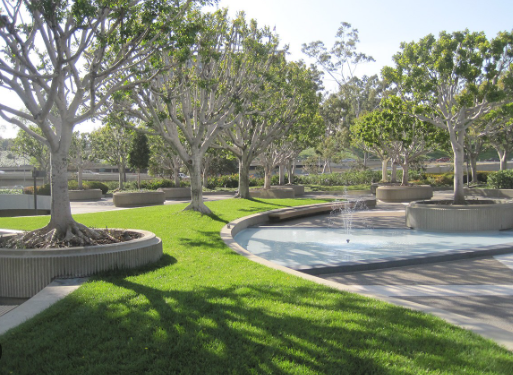Garrett Eckbo: The Pioneer of Landscape Architecture
Garrett Eckbo was a groundbreaking figure in landscape architecture, recognized for his innovative designs and profound impact on the industry. His work transcended mere aesthetics, integrating environmental sensitivity with modernist principles. Understanding Eckbo’s contributions offers valuable insights into contemporary landscape design, illustrating the enduring relevance of his philosophy.
The Philosophy of Landscape Architecture
Eckbo believed that landscape architecture was about more than just beautifying spaces; it was a holistic practice that connected people with their environment. He emphasized the need for designs that resonated with their surroundings and fostered a sense of community. This philosophy encouraged the integration of nature and architecture, laying the groundwork for sustainable practices that are essential in today’s designs. His approach has influenced modern urban spaces, demonstrating how thoughtfully designed landscapes can enhance quality of life and well-being.
Innovative Designs and Key Projects
Among his many works, the gardens at the University of California, Davis, stand out, showcasing his ability to blend functionality with visual appeal. Eckbo’s designs often featured bold geometric shapes and transparent boundaries, which invited interaction and movement. He also worked on various residential projects, where he skillfully created outdoor spaces that felt harmonious with the homes they surrounded. Each project reflected his keen understanding of how landscapes can influence human experience, making them vital components of urban planning.
Legacy and Influence
Eckbo’s legacy continues to inspire landscape architects today. His writings and designs serve as a foundation for new generations, promoting the idea that landscape architecture should be both artistic and practical. He was not just a designer but also an educator, influencing countless students through his teaching and advocacy. His commitment to enhancing the relationship between people and the environment makes his work relevant in discussions on sustainability and urban design. By examining Eckbo’s contributions, contemporary designers can draw lessons on how to address the challenges of modern urban environments.
In conclusion, Garrett Eckbo’s innovative spirit and dedication to integrating landscape architecture into daily life have left an indelible mark on the field. Exploring his work can inspire anyone interested in environmental design and setting new standards for public spaces. If you’re curious to learn more about Eckbo’s projects or delve deeper into landscape architecture, consider visiting local parks designed by him or reading his influential texts.

